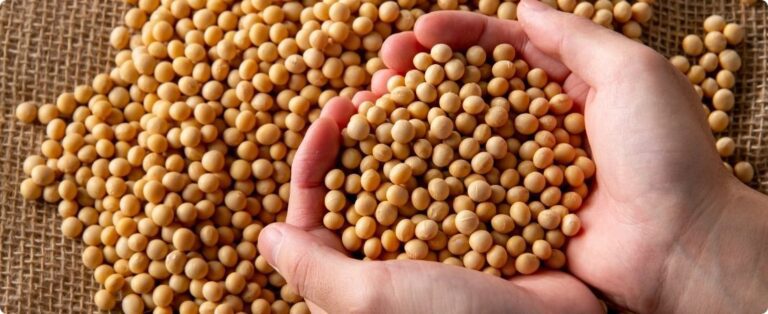Brazil's grain harvest in 2020 is estimated at a record 255.01 million tons, according to an estimate from Consultoria DATAGRO. The volume represents an increase of 2% over last year's previous record of 250.12 million t. This result indicated for Brazilian grain production accompanies the tenth consecutive increase in area by producers, in addition to the high technological standard adopted and reasonable climate behavior.
“The country confirmed the tenth consecutive increase in area, reaching 65.68 million hectares and an increase of 4% over last year's 63.40 million hectares. And that in turn had grown by 2% over the 62.09 million ha in 2018”, said the Grains coordinator at DATAGRO, Flávio Roberto de França Junior, adding that this motivation for the sector came due to the positive average prices in most of the crops analyzed during 2019.
The production of oilseeds (cotton seed, peanuts, rapeseed/canola, sunflower, linseed, castor beans, soybeans, babassu-almond and palm fruit) has an estimated increase of 2% this year, totaling 128.92 million tons, with 122, 06 million tons of soybeans alone. Furthermore, a highlight is the projection among products for an increase of 22% in the peanut harvest, for a total of 560 thousand tons in 2020.
The cereal harvest (rice, oats, rye, barley, beans, corn, sorghum, wheat and triticale) is estimated by DATAGRO at 126.09 million tons, with a less significant increase compared to last year, of 1%. Considering the two corn harvests produced by Brazil, the cereal has a share of 102.72 million tons in the total volume. This year, sorghum production should increase by 14%, to 2.40 million tons.
França also highlights that the record harvest projection is the result of meteorological neutrality, with rainfall close to average in the Center-South and Center-North of Brazil. The exception was due to the drought in Rio Grande do Sul and Santa Catarina in the summer harvest, and in Paraná and Mato Grosso do Sul in the winter corn harvest.
The producer adopted a satisfactory technological standard during the season, despite some limitations. “International prices were not exactly exciting for the main products, production costs rose due to the exchange rate, public credit for the harvest was shorter in terms of the amount with controlled interest and there was some restriction of credit by the private sector, related to the increase in defaults on the part of producers”, explains França.
Source: DATA
READ TOO:
{module 441}
{module 442}










